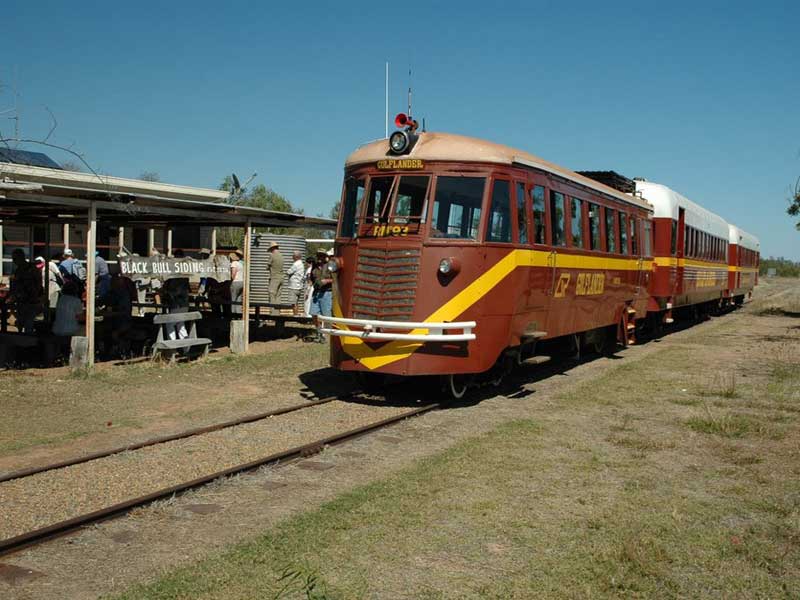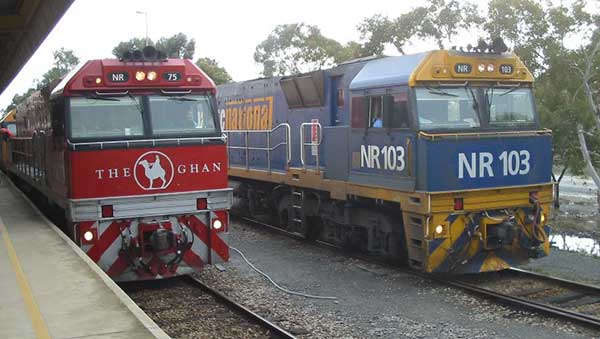Rail Motors
Railmotor (or Rail Motor) is a term used for a railway lightweight railcar, usually consisting of a railway carriage with a steam traction unit, or a diesel or petrol engine, integrated into it. Unlike a railbus, it runs on traditional railway bogies. In the earliest days of railways, designers wished to produce a passenger carrying vehicle that was economical to build and operate on routes where passenger numbers were light. A single coach with its own prime mover was a solution adopted in some cases; this may be thought of as the predecessor to the railcar, a term more associated with the use of internal combustion engines.
What's In A Name?
In Australia, the term "railmotor" was used in those states, especially New South Wales, where it was applied to diesel or petrol-powered self-propelled passenger carriages otherwise termed "railcars" on Australian railways. Commonwealth Railways, South Australian Railways and Western Australian Government Railways in particular applied a more American tradition. Examples of New South Wales railmotors were the 400, 500, 600 and 700 class and the CPH class "tin hares", and in Victoria the Walker railmotor. Similar vehicles in South Australia, the Brill 75 class, were termed "railcars". In Victoria the DERMs were Rail Motors while the Walkers were Diesel Rail-Cars.
The two terms are often used to differentiate between older vehicles (railmotor) and those of more recent origin (railcar). We have followed that pattern of word useage on this website, by referring to the later examples that were designed to operate as multiple railcar sets as multiple units (electric or diesel).
Tin Hare is the name by which railmotors were known in some states. A tine hare is the small metallic decoy used at Greyhound Racing tracks. When the race starts, the "Tin Hare" sets off like a shot and rattles and bumps it's way around the inside fence, being chased by the Greyhounds. It wasn't long before someone associated the speedy, rattling trip on a Rail Motor with the decoy, and the name stuck in most states of Australia. It is not associated with any one class of rail motor, but all types in use from the 1930's. An alternate name in Queensland was Red Rattler, because they were painted red, and rattled!
Rail motors have been replaced by modern light DMU (Diesel MMultiple Unit) and EMU (Electric Multiple Unit) railcar designs, which utilise a combination of front and rear single-ended railmotors and non-powered carriages to create a safer, quieter, more efficient passenger train.












